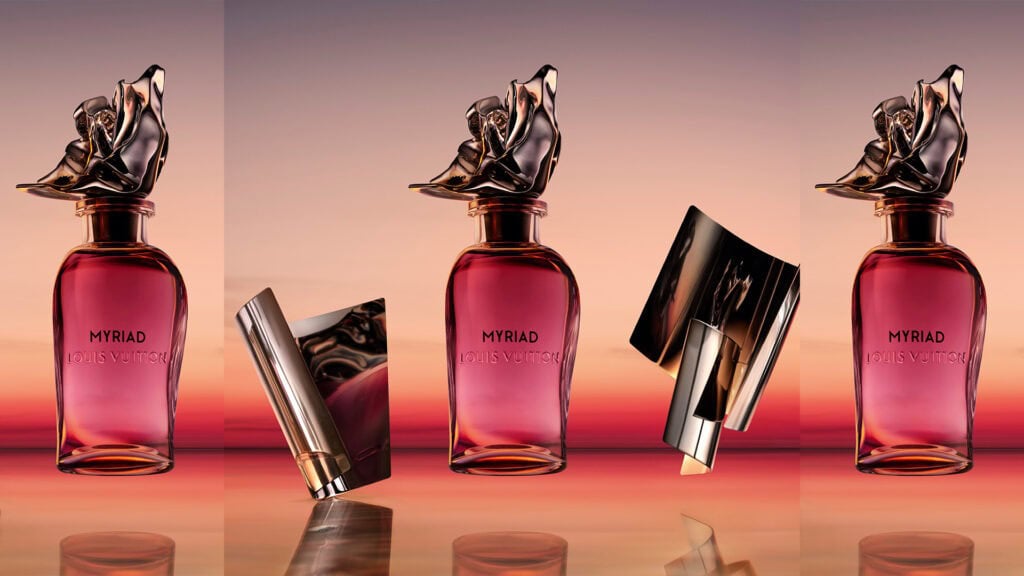Cocoa in Perfumery: From Bean to Bottle
Cocoa, with its rich, warm, and indulgent aroma, has carved out a special place in the world of perfumery. Known for its ability to add depth, sweetness, and a touch of luxury, cocoa is a favorite among perfumers looking to create rich, gourmand fragrances. This article delves into the journey of cocoa from its raw bean form to its use in perfumes, explores how it’s blended with other notes, and highlights some of the most iconic fragrances where cocoa takes center stage.
From Bean to Essence: Extracting Cocoa for Perfumery
Cocoa’s journey into perfumery begins with the cacao bean, the same source used in making chocolate. The process of extracting the essence of cocoa is a delicate one, aiming to capture the bean’s full aromatic profile, from its deep, chocolatey base to its subtle, fruity nuances.
- Cocoa Absolute: The most common and luxurious form of cocoa used in perfumery is cocoa absolute. This is obtained through solvent extraction, where the beans are treated with a solvent to draw out the rich, aromatic compounds. The resulting absolute is thick, dark, and powerfully aromatic, capturing the true essence of cocoa with its warm, slightly bitter, and intensely chocolatey scent.
- CO2 Extraction: Another method used to extract cocoa for perfumery is CO2 extraction. This technique uses supercritical carbon dioxide to capture the aromatic compounds without the use of heat, preserving the complex nuances of the cocoa bean. The result is a pure, concentrated oil that retains the bean’s full, natural aroma, making it perfect for high-end and niche fragrances.
- Cocoa Infusion: In some instances, cocoa beans are infused in oils to create a softer, more subtle cocoa scent. This method is less intense than absolute or CO2 extraction but can provide a gentler, creamier note that blends seamlessly into gourmand compositions.
The Art of Blending: Cocoa in Perfumery
Cocoa is a versatile ingredient that can be used to create a wide range of fragrances, from rich, indulgent gourmands to more sophisticated, balanced compositions. Its deep, sweet, and slightly bitter aroma adds a unique touch to any perfume it graces.
- Gourmand Fragrances: Cocoa is a natural fit in gourmand perfumes, where its rich, chocolatey aroma pairs beautifully with notes like vanilla, caramel, and coffee. These combinations create fragrances that are indulgent, cozy, and often reminiscent of decadent desserts. Thierry Mugler’s Angel is a prime example, where cocoa blends with honey, vanilla, and patchouli to create a sweet, complex, and deeply satisfying scent.
- Spicy and Woody Blends: Cocoa also works well in spicy and woody compositions, where it can add a layer of warmth and depth. When combined with notes like cinnamon, sandalwood, or amber, cocoa enriches the fragrance, making it more rounded and sophisticated. Tom Ford’s Noir Extreme is a standout fragrance in this category, blending cocoa with spices and woods to create a scent that is both exotic and comforting.
- Fruity and Floral Compositions: While cocoa is often associated with gourmand scents, it can also add an interesting twist to fruity and floral fragrances. When paired with berries, jasmine, or rose, cocoa adds a subtle, creamy sweetness that enhances the other notes without overpowering them. Prada Candy Night showcases this blend, where cocoa mingles with orange blossom and vanilla, creating a fragrance that is both sweet and mysterious.
- Oriental and Amber Scents: In oriental perfumes, cocoa can soften the intensity of resins, spices, and amber, adding a smooth, velvety texture to the fragrance. This combination creates a scent that is rich, sensual, and enveloping. Guerlain’s Tonka Impériale is an excellent example, where cocoa complements the tonka bean, incense, and amber, resulting in a warm and luxurious scent.
Iconic Scents Where Cocoa Shines
Several perfumes have become iconic for their use of cocoa, demonstrating its ability to add warmth, depth, and a touch of indulgence to a wide range of fragrances.
- Thierry Mugler Angel: One of the most famous gourmand fragrances, Angel features a prominent cocoa note that blends with vanilla, caramel, and patchouli. The result is a rich, complex, and deeply satisfying scent that has become a classic in the world of perfumery.
- Tom Ford Noir Extreme: This fragrance uses cocoa to add depth and warmth to its spicy and woody notes. The combination of spices, sandalwood, and cocoa creates a scent that is both exotic and comforting, perfect for those who enjoy rich, sophisticated fragrances.
- Prada Candy Night: In this fragrance, cocoa adds a subtle, creamy sweetness to the blend of orange blossom, vanilla, and tonka bean. The result is a scent that is both sweet and mysterious, offering a unique twist on the classic gourmand fragrance.
- Guerlain Tonka Impériale: This luxurious fragrance features cocoa as a key note, blending it with tonka bean, incense, and amber. The cocoa adds a velvety smoothness to the rich, warm composition, making it a favorite among lovers of oriental scents.
Cocoa’s Rich Legacy in Perfumery
Cocoa, with its deep, warm, and indulgent aroma, has become an essential ingredient in the world of perfumery. From the meticulous extraction process to its artful blending with other fragrance notes, cocoa offers a unique combination of richness, depth, and complexity that can elevate any perfume. Whether enhancing gourmand, spicy, woody, or even floral compositions, cocoa plays a crucial role in creating fragrances that are both luxurious and captivating. Iconic scents like Thierry Mugler’s Angel, Tom Ford’s Noir Extreme, and Guerlain’s Tonka Impériale showcase the enduring appeal of cocoa, proving that its place in perfumery is as rich and timeless as the chocolate itself.
Love this fragrance? Share your thoughts! Your vote helps other perfume lovers discover new favorites. Rate it now and make your mark!
Click on a star to rate it!
Average rating 0 / 5. Vote count: 0
No votes so far! Be the first to rate this post.



